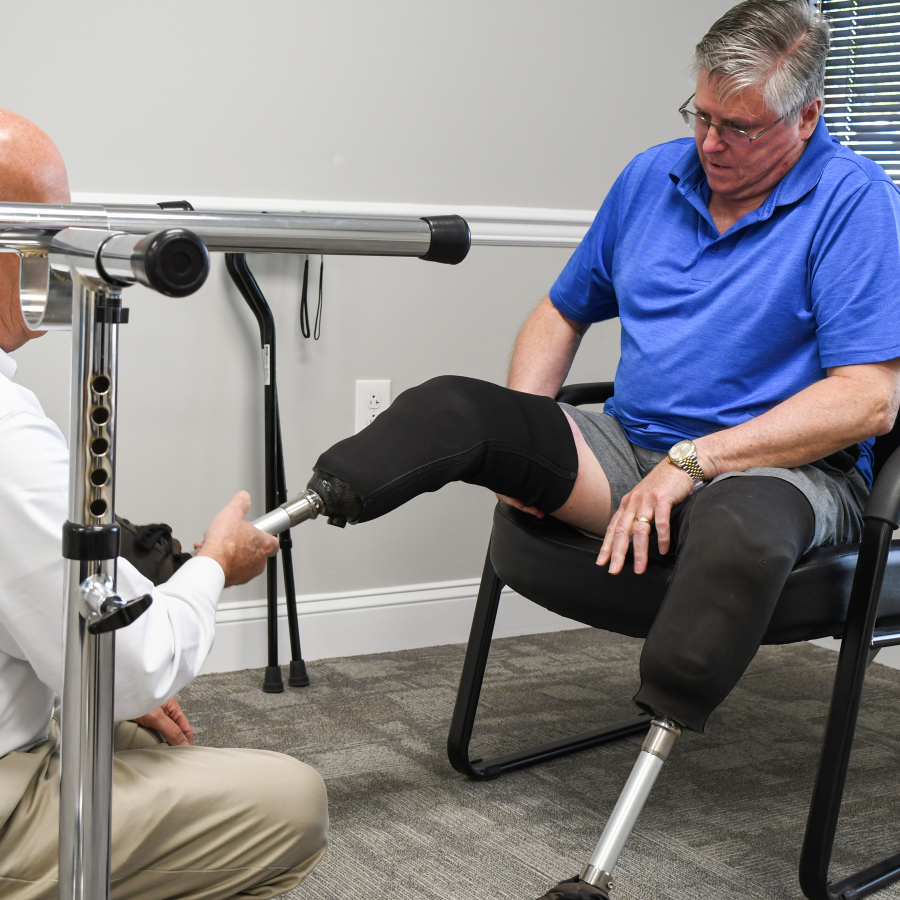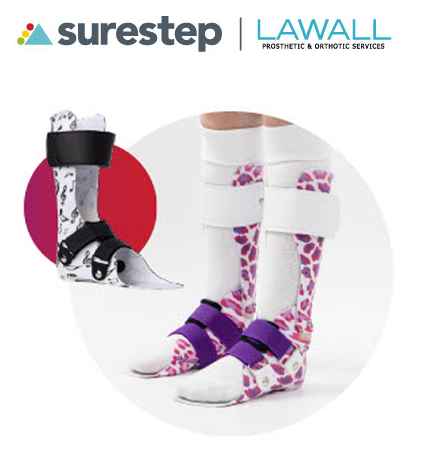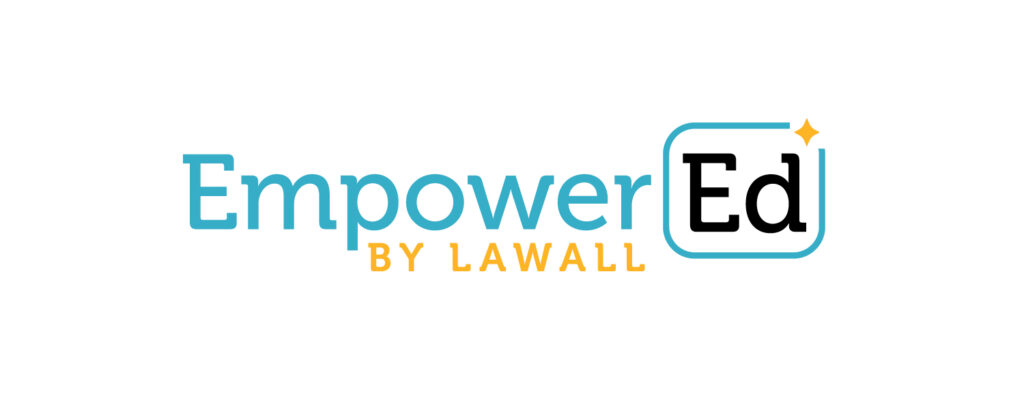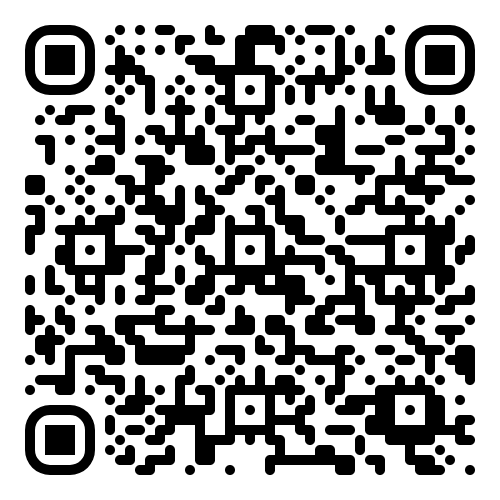Continuing Education Opportunities at Lawall
Small Miracles Everyday Since 1977
Elevate Your Practice with Lawall's Expert-Led CEU Programs
Stay at the Forefront of Prosthetics and Orthotics Advancements Through Continuous Learning
At Lawall, we recognize that ongoing education is essential to advancing the field of prosthetics and orthotics. As a profession rooted in innovation, our field is constantly evolving with new technologies, treatment methods, and clinical breakthroughs. In order to provide the best possible care to patients, it’s critical that medical professionals stay informed and engaged with these advancements.
That’s why we are proud to offer regular Continuing Education Units (CEUs) designed specifically for practitioners in prosthetics, orthotics, and related healthcare fields. These sessions not only ensure that clinicians remain up to date with current best practices but also foster a collaborative learning environment where knowledge, experience, and innovation come together.
Whether it’s exploring the latest in digital socket design, the latest pediatric orthotics available, or evidence-based outcomes, our CEU programs reflect Lawall’s ongoing commitment to clinical excellence and lifelong learning.
Upcoming course offerings will be posted below—be sure to check back regularly for the latest updates.
Want to stay in the loop? Join our email list by reaching out to ann.lawall@lawall.com, and never miss a chance to grow your knowledge and elevate your practice.

Join our upcoming CEU Events
Prosthetic Sockets & Suspension Methods
Join us for a compelling educational experience as we host Continuing Education Unit (CEU) courses on “Prosthetic Sockets & Suspension Methods: Clinical Applications for PT”.
This professional education course is designed for physical therapists, physical therapist assistants, and other allied health practitioners. The goal of the course is to highlight current socket technology that is specific to the lower extremity limb loss population. The instructor will review topics including socket styles, prosthetic liners, common suspension methods, prosthetic management, and limb volume management. The format includes a live-interaction lecture portion containing evidence-based information, manufacturer’s guidelines on prosthetic componentry, and video examples of donning and doffing techniques. Rehabilitation professionals will leave with the ability to immediately apply this information to their daily practice.

Chris is a certified prosthetist and physical therapist. She attended the University of Miami where she received her master’s degree in PT. Following a few years of clinical practice, she returned to school at Northwestern University where she completed her certificate in prosthetics. Chris is an ABC certified prosthetist and licensed in the state of Florida. Her areas of interest include biomechanics, gait training, and CAD CAM technology. In addition to her duties at Ottobock, she teaches in the physical therapy program at the University of Central Florida, serves as a track and field classifier for U.S. Paralympics, and volunteers with the ABC Prosthetics Exam Committee.
Instructional Method: Lecture and discussions
Target Audience: physical therapists, physical therapist assistants, and other allied health practitioners
Credits: 4 CEUs / 4 hours approved by New Jersey State Board of Physical Therapy Examiners.
If you have any questions, please contact the Ottobock Education Team at NA.Education@ottobock.com or call 800-328-4058.
Locations and Dates
Langhorne: May 12, 4 – 8pm at 3000 Cabot Boulevard West Langhorne, PA 19047. Register here →
Cherry Hill: May 13th, 4-8pm at Maggiano’s Little Italy, 2000 New Jersey 38 #Suite 1180 Cherry Hill Township, NJ 08002. Register here →
Wilmington DE: May 14, 4 – 8pm at DoubleTree by Hilton Hotel Wilmington, 4727 Concord Pike Wilmington, DE 19803 Register here →
Princeton, NJ: May 15, 4-8pm at 100 College Road East Princeton, NJ 08540. Register Here →
Learning Objectives
At the conclusion of this program, the learner will be able to independently:
- Name at least two of three common prosthetic liner materials.
- Identify at least two modern suspension methods common to the transtibial level of limb loss.
- Identify as least two modern suspension methods common to the transfemoral level of limb loss.
- Correctly identify the cause of poor socket fit by assessing skin health and patient complaints when given a specific case scenario.
- Implement a course of action when a socket is identified to be either incorrectly applied or ill-fitting, based on the assessment of the limb and prosthesis
Join our upcoming CEU Events
Seeking Stability in the Sagittal Plane
The Surestep Education team developed an entirely original, interactive continuing education course focusing on Surestep AFO Solutions for Functional Outcomes.
Presented by: Anné Pare, CO, LO
Locations & Dates: June 12, 5-8pm at the Princeton Marriot, 100 College Road East Princeton, NJ 08540
Dinner Provided
Credits: 2.5 PT CEUs
Scan or click QR to register
For more information please call 574-381-5684



